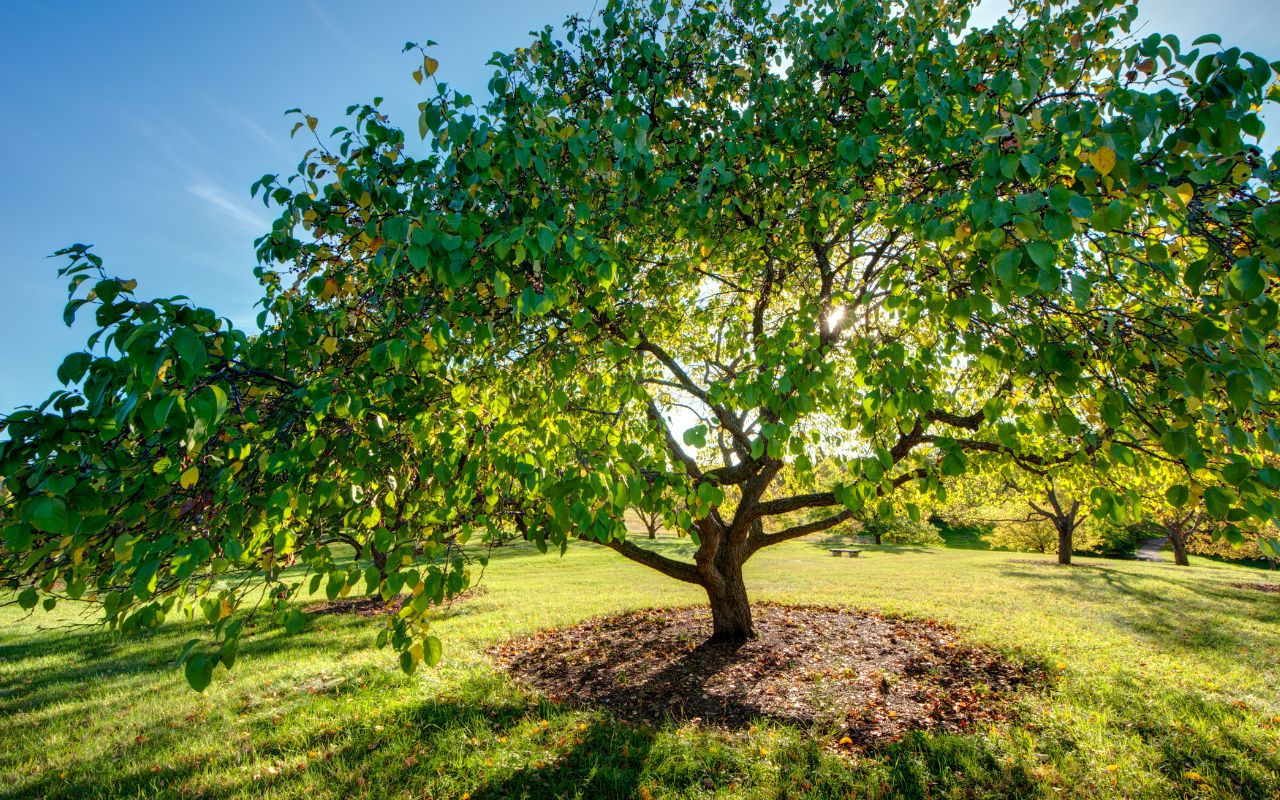
Tree stability is essential to maintaining a safe environment, especially in populated areas. Being aware of stability concerns helps you identify trees at risk of falling or causing damage. By addressing these issues early, you can safeguard your property and the surrounding area.
Common Signs of Tree Stability Concerns
Leaning or Tilting Trunks
A tree’s natural growth should be upright. Significant leaning or tilting can signal stability issues.
- Sudden leaning: If a previously straight tree suddenly leans, it may indicate root or structural damage.
- Root-related tilting: Trees often tilt when their root system is weakened, possibly due to decay or poor soil conditions.
- Angle severity: Leaning beyond 15 degrees generally signals a higher risk of falling.
Monitoring trunk angle changes is crucial, especially after storms, as these shifts often precede collapse.
Cracks in the Trunk and Branches
Cracks weaken a tree’s structural integrity and may compromise its stability.
- Vertical trunk cracks: These cracks often indicate internal decay, which can spread and worsen over time.
- Multiple branch cracks: When branches exhibit multiple cracks, it suggests stress, often due to storm damage or structural weaknesses.
- Deep fissures: Large, deep cracks expose the tree to pests and diseases, worsening its condition.
Regularly inspecting for cracks helps you identify weakened areas before they lead to breakage.
Decayed or Soft Roots
Roots play a fundamental role in tree stability. When they’re compromised, the entire tree is at risk.
- Soft or decayed roots: Decay in roots can lead to root rot, reducing a tree’s ability to support itself.
- Mushrooms at the base: Fungal growth around the roots or base is a common sign of internal decay.
- Root crown issues: If the root crown appears swollen or decayed, it could indicate root problems affecting tree stability.
Healthy roots are essential for stability, making it vital to check for root decay signs regularly.
Loose or Unbalanced Canopy
A balanced canopy distributes weight evenly, supporting stability. Unusual shifts in the canopy may indicate underlying issues.
- Excessive limb growth on one side: Uneven growth patterns add stress to the trunk and may destabilize the tree.
- Broken branches: Branches that hang or break often indicate weakened areas that impact stability.
- Canopy weight distribution: A canopy that leans or is unbalanced suggests that the tree might be at risk of tipping.
Inspecting the canopy for unusual weight distribution can help you detect potential risks and address them early.
Ensure Tree Safety with Expert Support
Addressing tree stability concerns is essential to keeping your property safe. For expert assessment and care, contact our team at (443) 400-6964. We serve all of Maryland, ensuring your trees remain secure and stable.
